I live in a state that has an abundance of pine trees but no hard wood trees like oak. I have read about not using pine trees for drift wood. Will pine tree wood ever weather to a point its safe to use in aquariums? Would it make any difference if you collected the wood from
Lakes where it has been soaked for a long time?
Heres a few pics of old weathered pine wood. These are to far gone but I doubt this wood will leach anything into water if it was placed into an aquarium.
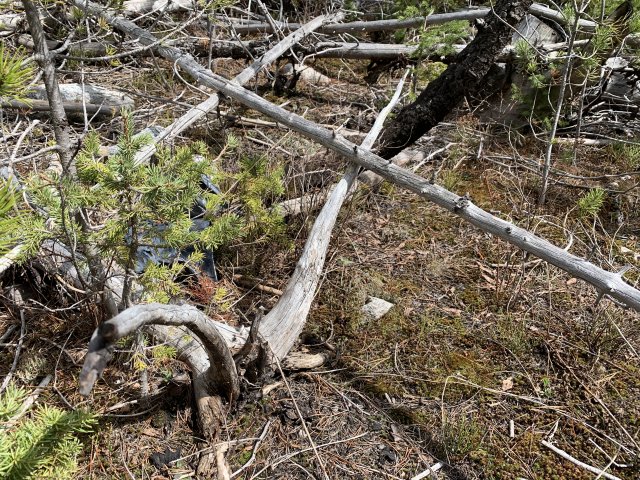
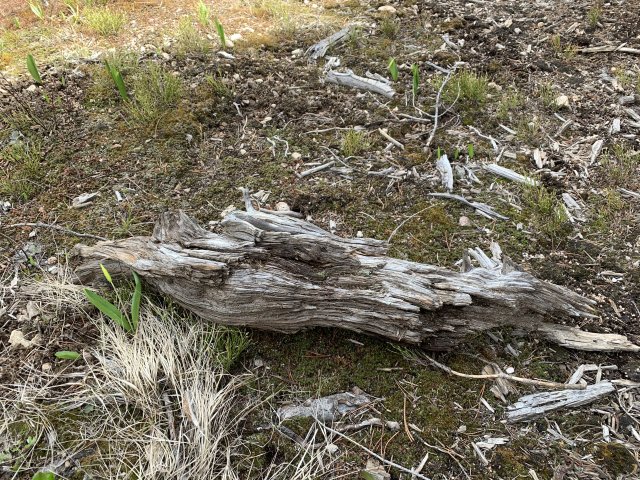
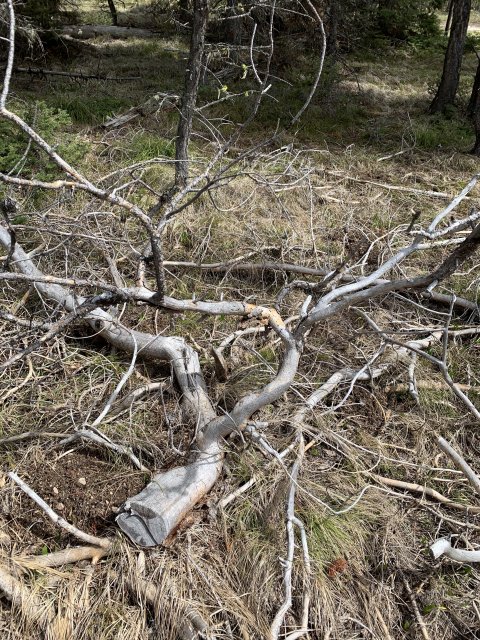
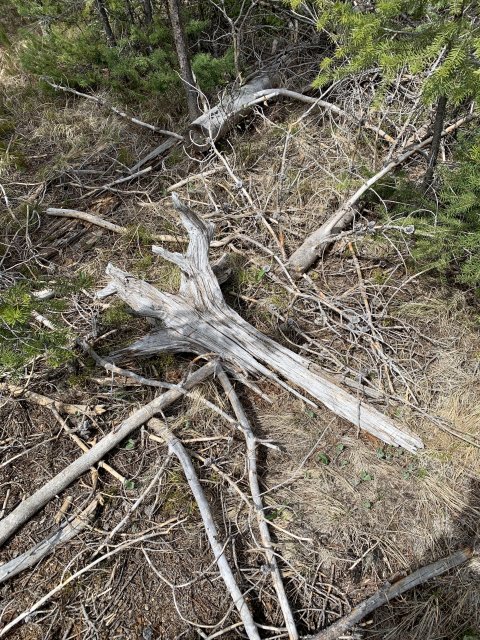
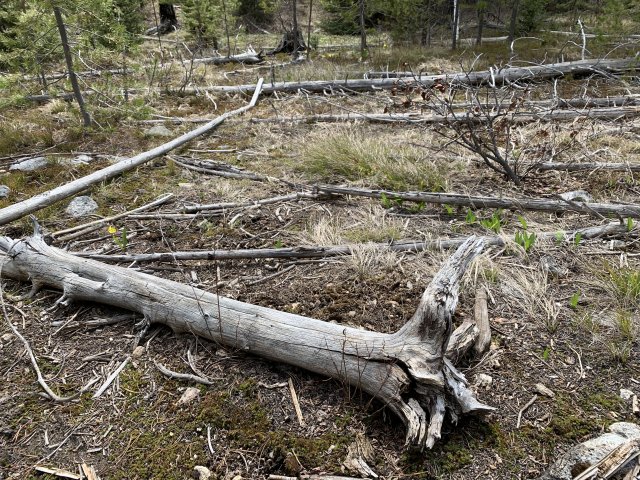
Has anyone used pine wood that had been sitting out long enough to be totally dried out? I see people use wood they find at the beach and it seems to be good. How do they know where that wood came from?
Lakes where it has been soaked for a long time?
Heres a few pics of old weathered pine wood. These are to far gone but I doubt this wood will leach anything into water if it was placed into an aquarium.





Has anyone used pine wood that had been sitting out long enough to be totally dried out? I see people use wood they find at the beach and it seems to be good. How do they know where that wood came from?



